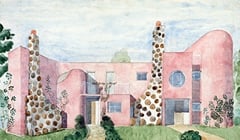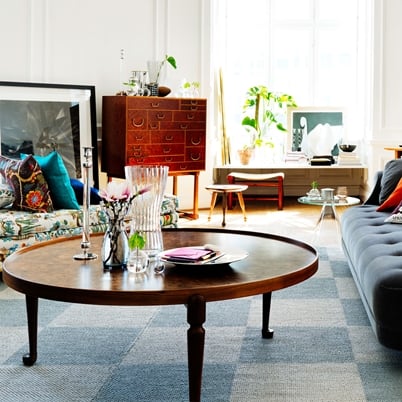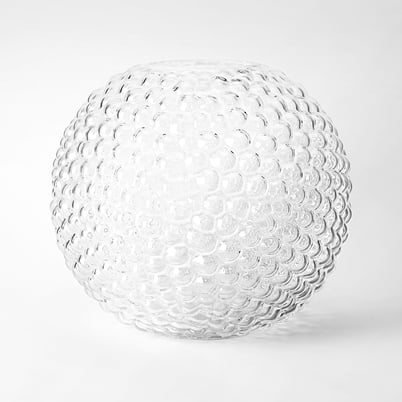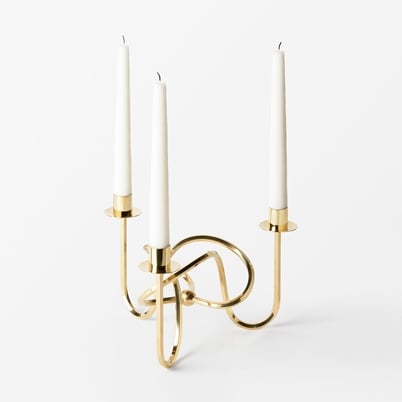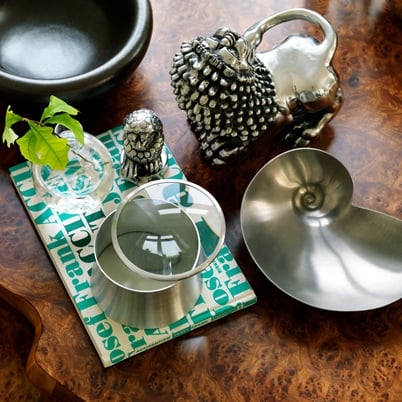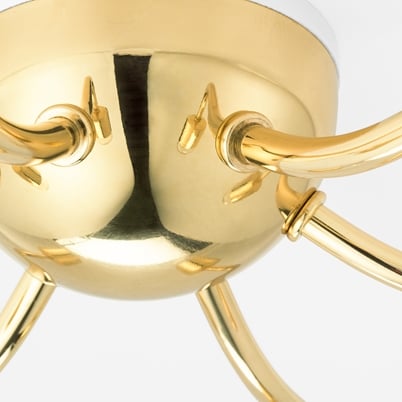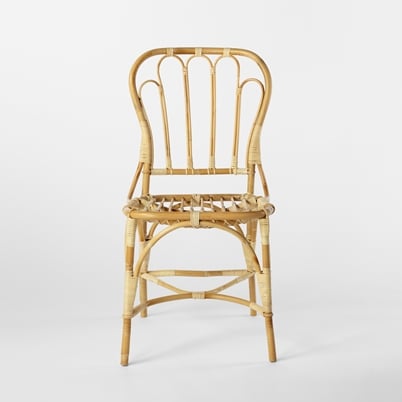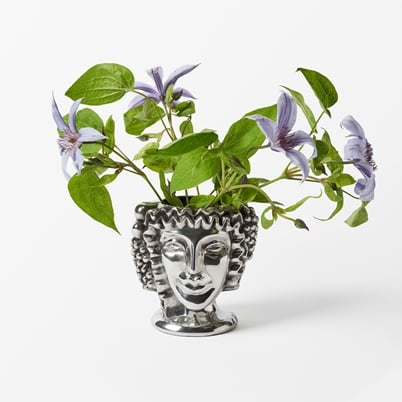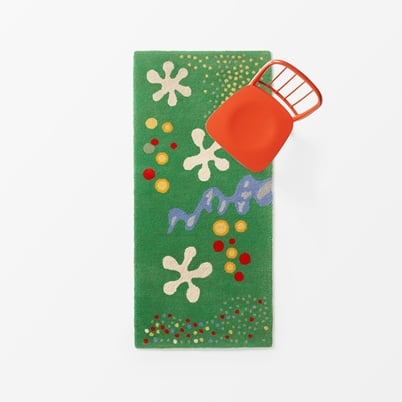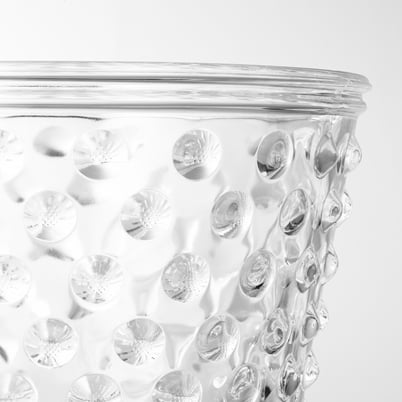Estrid Ericson was a big friend of Swedish craftsmanship. Inspired by the British arts and crafts representative William Morris, she held the highest esteem for work that was crafted by hand and that approach lives on in the company. Svenskt Tenn today has a goal to support and develop high quality Swedish handicraft. The company’s owner, the Kjell and Märta Beijer foundation and the board of Svenskt Tenn, have given express orders to never compromise on quality.
Local production
A large portion of Josef Frank’s furniture is made at the same carpentry shops in Småland and Sörmland that have been delivering them since the 1950s. The glass is made at the Reijmyre glassworks, among other places. Fabrics are made of 100 per cent cotton or linen of the highest quality. The prints are screen printed in a time-consuming process. Just 60 metres of a boldly coloured print like “Hawaii” takes an entire day to print. But screen printing pays off in the long run, not the least because it is a process that enables overprinting. For example, blue can be printed on yellow for a green surface. Josef Frank was something of a specialist in this area, and it gave his prints beautiful, living surfaces. In “Brazil” he overprinted as many as three colours. The Frank prints are also printed with reactive dyes which also impact the quality – both in terms of the feel of the textile and because they age beautifully. Reactive dyes blend into the textile fibres in contrast to pigment colours, which remain on the surface. The quality of the weave is naturally also important for the overall result.
The pewter workshop in Western Götaland in Sweden is another one of Svenskt Tenn’s long-time suppliers. Just one of Anna Petrus' pewter lions requires 20 to 30 hours of intensive work. It starts with moulding the pewter into six different shapes. Then all of the parts are polished, which requires special procedures as the lion is heavy and has many uneven parts. Finally, the parts are joined together. This process has not changed since the very first lion was produced in 1926. Even the moulds are the originals.












